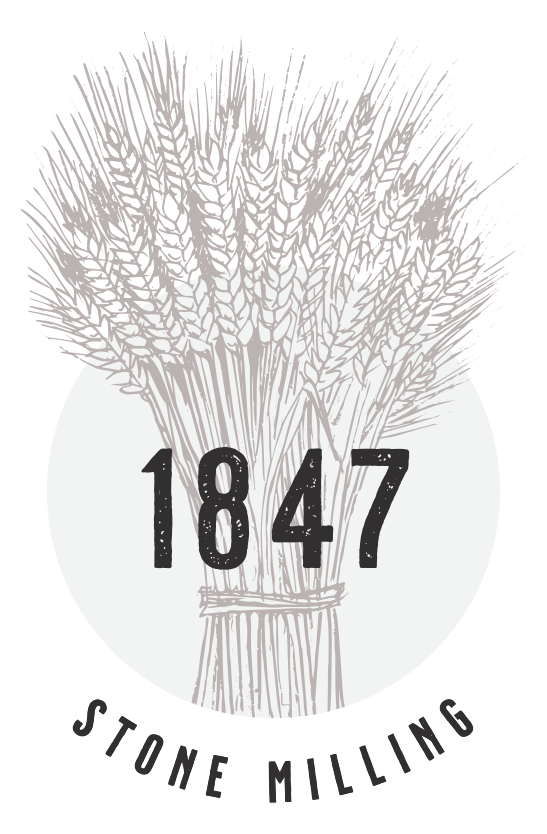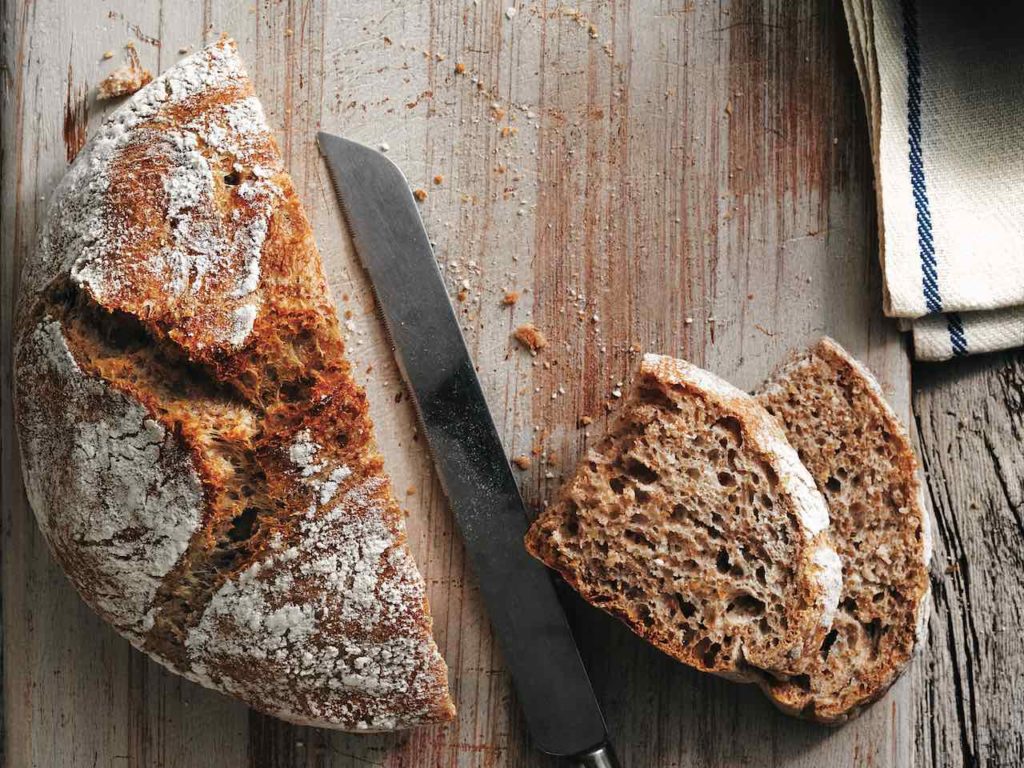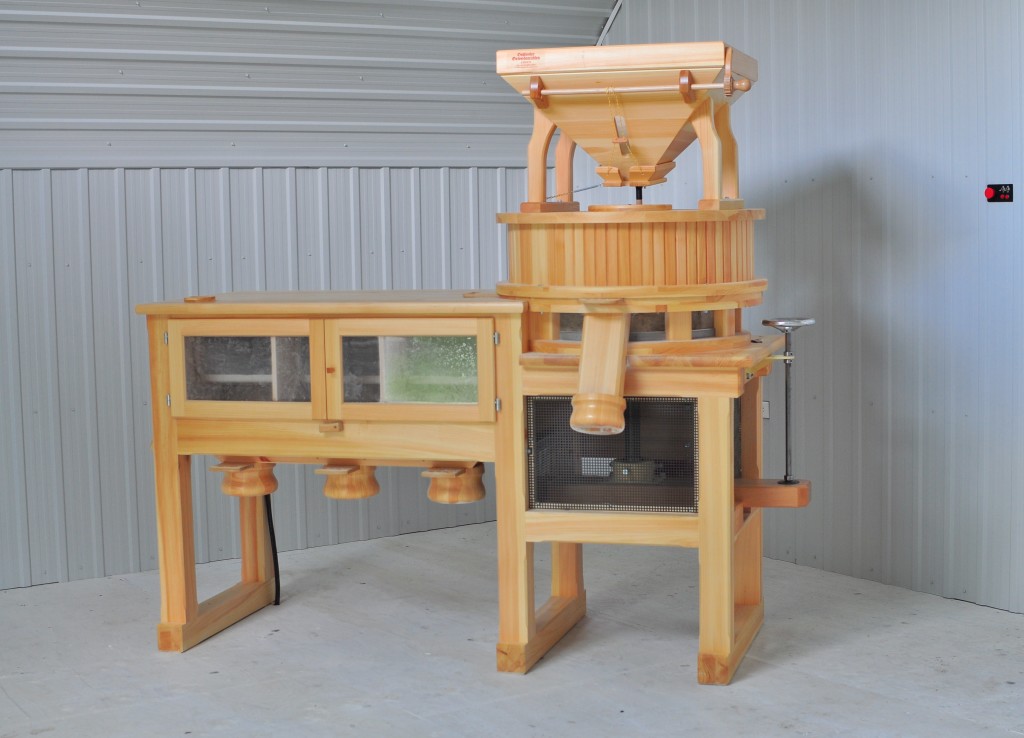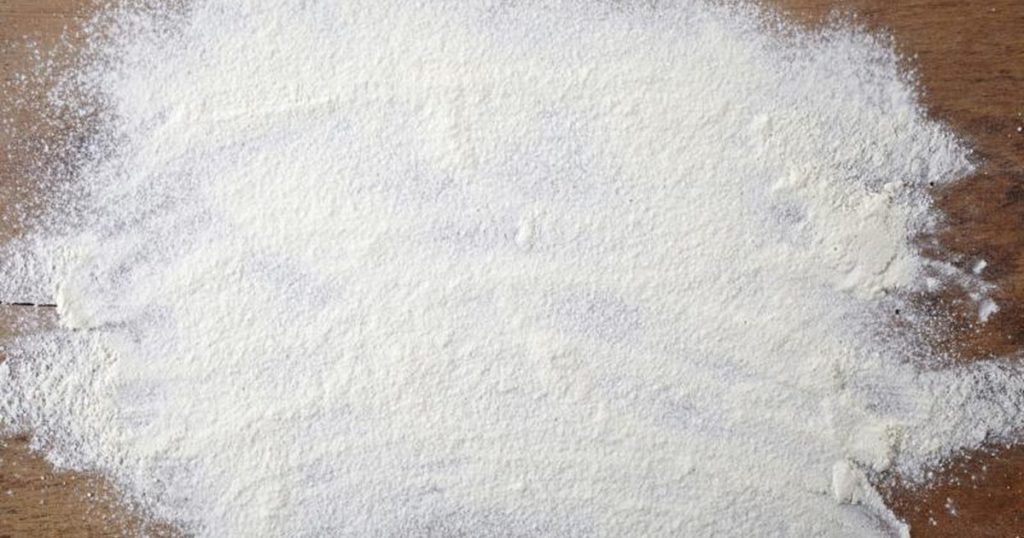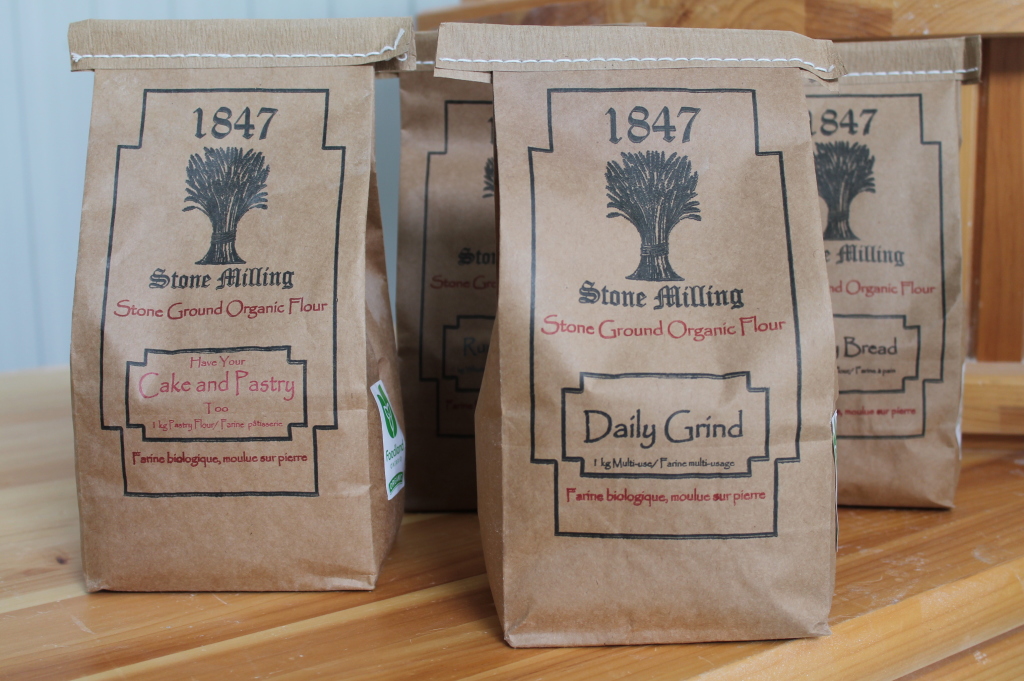What Is Fresh Flour (And How To Use It)
“Fresh-milled flour from a stone mill is just like fresh-cracked pepper. It has more flavour to it,” says Melissa McKeown, who owns 1847 Stone Milling in Fergus, Ontario. Think of it as flour milled the old-fashioned way. The process grinds the entire grain (including the oil-and-nutrient-filled germ and bran), which some say makes stone-milled flour more nutritious compared to the commercially produced stuff (which is ground into flour after the hard bran and germ is removed).”
